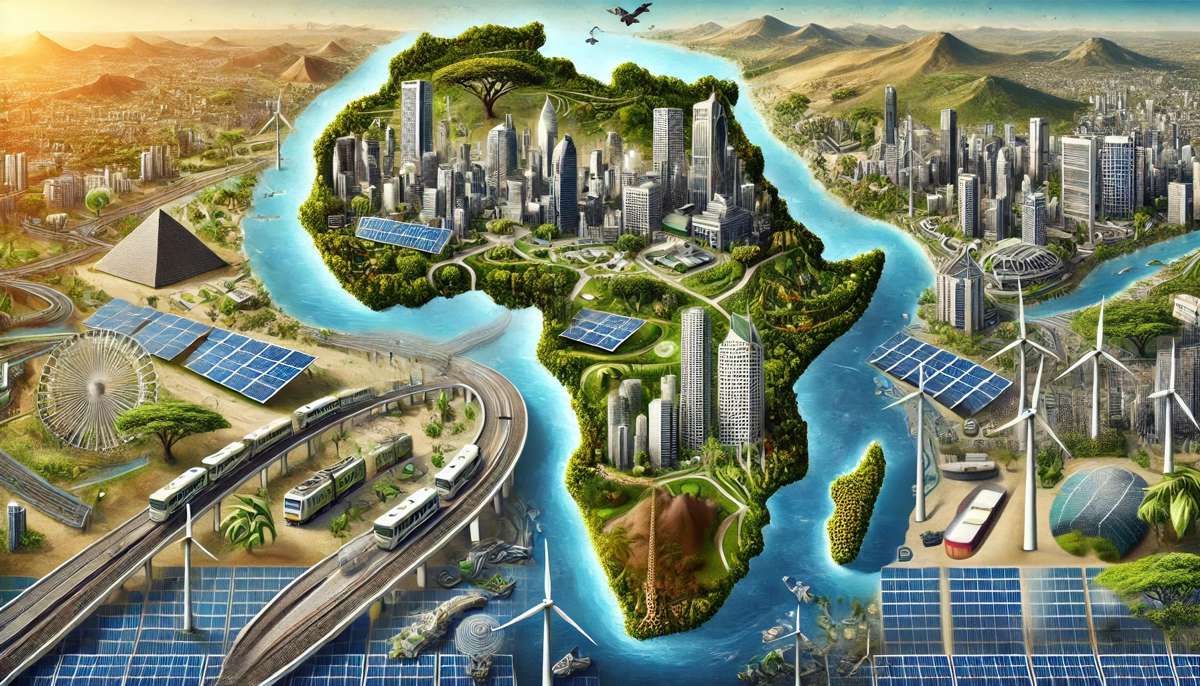ADB and India sign record US$926m loan for two new Mumbai Metro Lines
The Asian Development Bank (ADB) and the Government of India have signed a $926 million loan to operationalize two lines for the Mumbai Metro Rail System that will ease the distress of millions of commuters each day and help provide a cleaner, less congested city.
The single largest infrastructure project loan in ADB history—approved by the ADB Board on 26 February—will help fund lines 2A (Dahisar to D.N. Nagar), 2B (D.N. Nagar–Bandra–Mandale), and 7 (Dahisar [East] to Andheri [East]), totalling about 58 kilometres (km). The project will fund 63 six-car trains, signalling and safety systems, and help establish a new dedicated metro operations organization to manage the entire metro network in Mumbai. The Mumbai Metropolitan Region Development Authority (MMRDA) will implement the project.
Once operational by the end of 2022, an estimated 2 million passengers a day will use the two new lines, travelling in improved safety and comfort. It will also reduce emissions from vehicles, with carbon dioxide emissions expected to fall by about 166,000 tons a year.
“ADB financing will ease travel for millions of commuters across Mumbai, help decongest heavily crowded suburban rail systems, and contribute to providing modern, clean, and liveable urban environment to its citizens,” said Mr. Kenichi Yokoyama, Country Director of ADB’s India Resident Mission who signed the loan agreement for ADB.
“The New Mumbai Metro is an ambitious and truly transformative venture planned by the state government, which will contribute to enhance the efficiency of the urban transport network and productivity of India’s financial centre,” said Mr. Sameer Kumar Khare, Additional Secretary (Fund Bank and ADB), Department of Economic Affairs, Ministry of Finance who signed the loan on behalf of the Government of India.
Mumbai, with a population of about 12 million, is the capital of the state of Maharashtra and renowned as the financial capital of India. Maharashtra accounts for about 15% of India’s gross domestic product, about 40% of which is generated from the Mumbai metropolitan region. Rail is the primary means of transport in Mumbai, where the suburban network totals almost 400 km and carries more than 7.5 million passengers a day.
Recognizing the transportation challenges, the government has developed a plan for 12 metro lines with a total length of 276 km. Line 1, completed in 2014 on a public-private partnership model, carries about 400,000 passengers a day and has reduced travel time along its east-west route from 71 minutes to 21 minutes. Other new metro lines will ease travel and make the city more liveable and competitive. Since access to the stations is sometimes difficult, ADB is also assisting MMRDA to improve last mile connectivity by piloting electric vehicles and nonmotorized transport at select stations.
Carriages procured under this project will feature high-level safety features and automation, including surveillance systems, door closing, and train obstacle detectors. Platforms will have automatic doors, which will be synchronized with the trains, so there will no longer be a danger of surging crowds pushing passengers onto the tracks. The tracks will be elevated about 9 meters above road level, ensuring no nearby residents are put at risk.
Various features that will benefit women include women-only carriages, mobile applications for women’s security, separate ticket counters, and reporting desks to address incidents of harassment. It will ensure women have improved opportunities for employment along the new lines, including a station staffed only by women. There will be station and carriage facilities for elderly or differently-abled passengers including priority e-ticket counters.
The project marks ADB’s first co-financing with the Shanghai-based New Development Bank, which will provide $260 million toward the metro systems project. The MMRDA will implement civil works and other related components for the lines 2A, 2B, and 7.
ADB is committed to achieving a prosperous, inclusive, resilient, and sustainable Asia and the Pacific, while sustaining its efforts to eradicate extreme poverty. In 2018, it made commitments of new loans and grants amounting to $21.5 billion. Established in 1966, it is owned by 67 members—48 from the region.




















